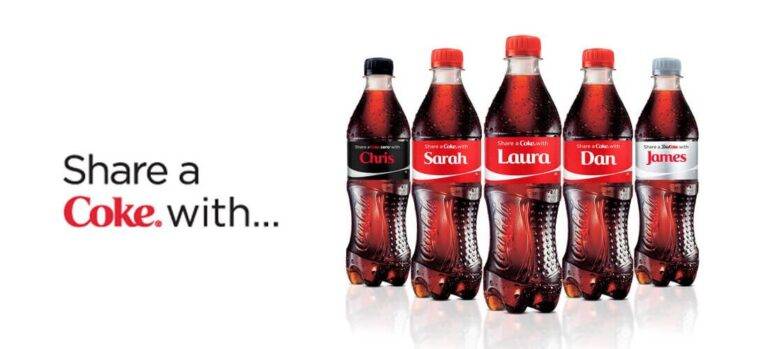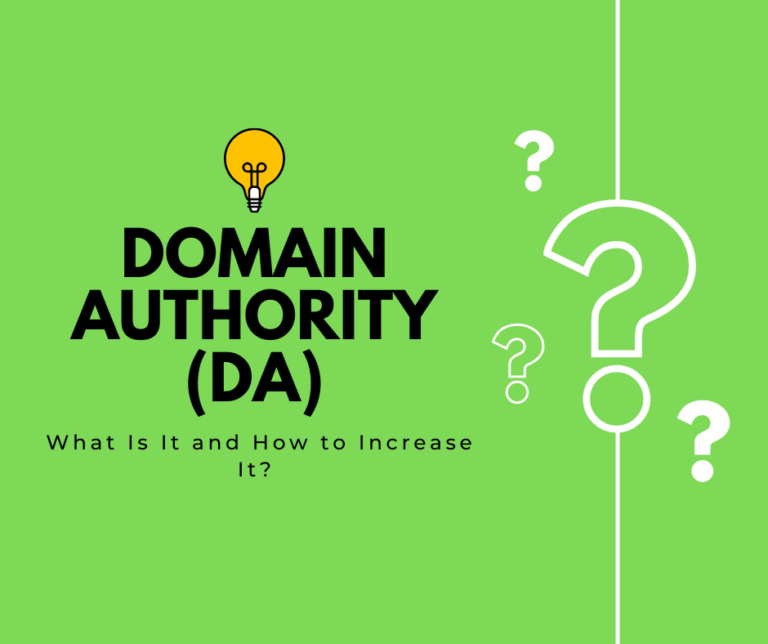How to Make More People Visit Your Website
Every marketer faces different challenges. Even though most of us share similar goals, the challenges that we face may depend on multiple factors — industry, location, platforms we use, etc. Some of us have difficulties driving traffic to the website, whereas others may find it difficult to engage with the audiences or analyze the results.
Hubspot has conducted research and assessed the answers from 6200+ respondents in 99 countries from a mix of industries, company sizes and levels of seniority. Traffic generation was the leading challenge that businesses face across the world.
Generating traffic is the most important activity for us, marketers. We are often perceived as the ones who consume the company’s money for our activities, as whatever we do does not bring direct income. Sales teams benefit from what we do to bring revenue to the company. That’s why traffic to the website is important.
If the numbers don’t satisfy you, don’t get discouraged and try to change something in your strategy. Keep in mind that quality is more important than quantity. Don’t simply bring millions of visitors, who’ll bounce.
My approach to driving more traffic to the website.
Create user personas
The most important question to ask is if you’re targeting the right people. You may have the best marketing materials, but if your target audience is wrong, it won’t work.
Ask yourself who your consumers are and why they should visit your website. Why should they buy your product? Give as many details to your personas as you can, as this will help in creating a better-targeted marketing strategy.
I always give a characteristic, a name to my user persona and use a brief description. For example, for my foodie blog, I would use the following personas:
Food-is-fuel Lucy — she is not in search of food for indulgence. She needs food to have the energy to go about her daily life. Food located close to her home or work is her preferred. She doesn’t believe in spending a lot of money to eat out. Takeaways and fast food are what she likes. She always eats alone.
Bob the-simple-food guy — he wouldn’t eat paté or quiche (he isn’t sure how to pronounce these words, either). Give him comfort food and he’ll be happy. He likes going out and having dinner with his friends, but nothing crazy — a pizza or a burger will do. He eats out occasionally and prefers the food that he’s familiar with.
Food-nomad Stacey — she loves exploring new food places. She often relies on social media and bloggers to find new food places. Most of the time, she’ll eat out with her friends. She is not attached to a particular restaurant and would spend time to go to a restaurant just for brunch. Bring all the fancy, new and Instagram-worth suggestions to her. She spends a lot on her food.
Tourist James — he has just arrived in this city and wants to explore the food scene here. He will not go to Subway for a sandwich, but will rather spend time researching restaurants and what the must-eat foods in the area are. Food is an experience for him.
The list goes on.
Based on these personas, I would create content that caters to the different needs of a persona. Once my content is adapted and ready, I’ll be able to use it to attract the respective audience through SEO, paid advertising or social media.
If I try to cater the same content to all, I may miss out, because personas like Lucy or Bob would be interested in totally different content than Stacey. That’s where my marketing dollars would be wasted for no traffic and no potential engagement or leads.
Try including as much information as possible into your persona description. Is age important? Social background? Income? Language? Ethnicity? Marital status? Answering these questions will help you better prepare and appeal to the audience.
Create the right content
The content part is the most important part of your whole effort to attract people to visit your website. Have you seen content being blasted to you that seems irrelevant? I know I have. Even if I click into it, I bounce within the first 10 seconds.
One of the reasons for this to happen is a failure in establishing user personas. Another reason can be the wrong platforms used to push the wrong content.
Your audiences on Facebook, Instagram, Twitter, LinkedIn, your subscribers or readers on Medium are all different. You should never use the same content on all platforms.
Firstly, some are visual, while others are textual. Some are informal, some are formal. Some are more catered to lifestyle, while others are more professional.
You should answer what your voice on each of these platforms is going to be. Adapt it. What works perfectly on Instagram, may not work on LinkedIn. What works on Medium, may not work on Facebook.
Don’t only change the artworks to adapt to the different sizes of images required. Change the tone of the message, as well. Change the type of media you use — for example, videos do much better on LinkedIn than on any other social media platform (excluding YouTube, of course).
Befriend Search Engine Optimizsation (SEO)
Whatever you do, SEO must become something that you’re extremely familiar with. There are billions of websites on the web today and they contain a lot of information. In order not to get buried in this sea of information, you must make your content discoverable.
A simple crash course on Udemy can help you become familiar with the main aspects of SEO and implement them on your website. If your website ranks on the second page of Google search or even further, forget about people discovering it.
My approach to improving SEO is to choose several important keywords for each of the user personas. I never aim to rank in every keyword. For this, I use Google Keyword Planner to assess the competition in keywords and create more relevant, high-quality content with the selected keywords.
You should not rely on Google search only, though. I’ve experienced that Pinterest is a very powerful tool to grow organic referral traffic to your website. I shared some tips on how to maximize your Pinterest game and drive more traffic to your website.
You should also use relevant hashtags on your social media accounts and drive traffic to your website this way. Facebook and LinkedIn are powerful in driving web traffic because a link can be inserted directly in the post. However, you have to make sure that the content is relevant for your audiences, else nobody will bother to click through.
Consider paid advertising
SEO is a great way to drive traffic to your website, but it can be also complemented with paid advertising. The first three entries on Google Search are, often, exclusive to paid advertising. Keeping in mind that up to 50% of people don’t know the difference between organic and paid search results, you should consider bidding on some major keywords.
Paid search ads can help you boost your brand awareness tremendously, but it may not necessarily result in great results. The good news is that you’d be charged only if someone clicks into your ad. Bad news is your content must be very well optimized for what the visitors want to see.
The last thing you want is to drive people to your web through paid ads and see them exit your website without browsing further. That’s why your ads must be very specific and give a preview to what a visitor can expect to see on your website. Don’t try to trick them into clicking.
Apart from Google Ads, you should also explore Facebook advertising. It’s a relatively affordable advertising option and can bring many people to your website or landing page. Remember to optimize your ad artwork to appeal to different user personas. Optimize your ad audience based on the persona descriptions you have set earlier.
Work on getting backlinks
Backlinks are links to your website from other web pages. These can be by media, bloggers or in forums. The most important part is to give it some time. Getting backlinks for your website is probably one of the most difficult tasks, but it’s a crucial component in your digital strategy.
The best backlinks are the ones coming from content-rich websites, with a lot of high-quality content and social media engagement. There are multiple strategies to get backlinks. I won’t go into too much detail here, as creating backlinks really depends on the niche you’re in. You should also try experimenting as much as you can and see what works for you.
For me, it worked to engage with reputable websites (bloggers) that share content within my niche. I produced content for them linked to my website. Guest posts are extremely common. You may also agree to share their content on your site and link it to their website.
I also suggest using platforms like Quora and forums to link to your content. Answer questions by linking your content. Don’t waste time on websites that provide no value to users as they will have little to no impact on your traffic and overall SEO efforts.
These are my five tips to drive more traffic to your website. However, don’t simply stop by driving people to your site, make them stay. Depending on what services you provide, ensure that people consume what’s shared on the website.
If you notice that people stay for a very short time and leave without browsing further (bounce), it’s time to reconsider your targeting. If you are sure about your targeting, then something does not work with the web content or structure.
Remember that having a website is constant work. Don’t think that by optimizing once, you will bring traffic and visitors forever. It won’t happen and you will need to use tools like Google Analytics to adapt your website structure and traffic generation strategy from time to time. Keep analyzing the traffic, audience behavior and sources to improve.
Don’t let your website run on autopilot. It will crash at some point.
Other popular posts:
Use Pinterest to Improve Visibility & Promote Your Brand
Personalization Will Conquer Marketing In 2020







